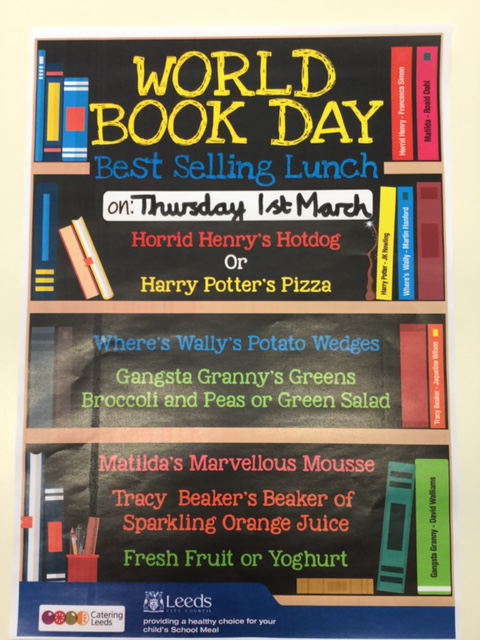Girls golf rocks
Girls Golf Rocks is a partnership project aimed at addressing the disparity between girls’ and boys’ participation in golf.
The county-wide recruitment drive targets girls aged 5-18 years of age, providing the opportunity for them to access free taster sessions, followed by a five week coaching, Par 3 event & a 7 iron golf club – all for £14.
There are eight centres across Yorkshire running the programme, delivering girls only sessions with an emphasis placed on fun, social and friendship aspects of golf rather than just the coaching and playing side of the game.

Homework – What I like about reading!
Once again, some super, creative homework this week. The children were asked to think about what they like about reading.
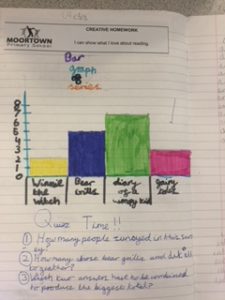

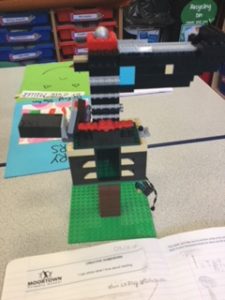
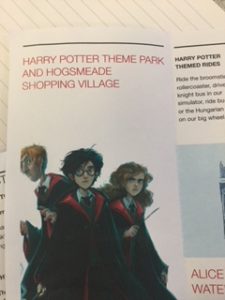
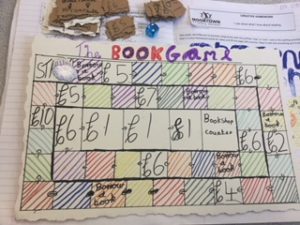
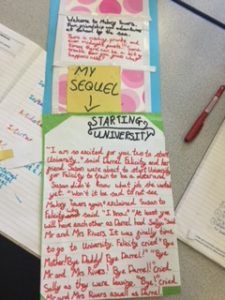
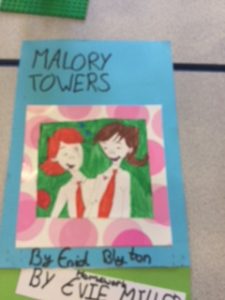
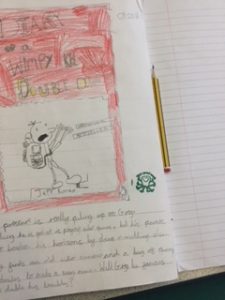
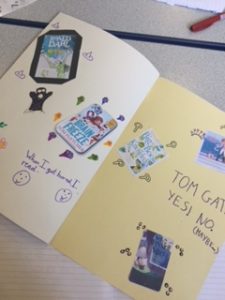

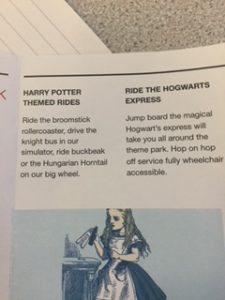
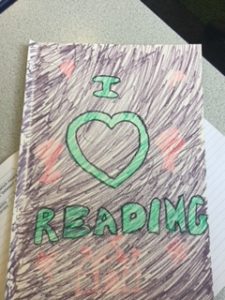
In September, we noticed that some children were reluctant to read. To encourage more love of reading, we regularly update our reading area, ensuring that we have a variety of texts and an inviting area in which to relax and read. Aside from the sheer joy of exercising the imagination, research shows reading for pleasure improves literacy, social skills, health and learning outcomes.
The children are encouraged each week to bring something to read from home. This doesn’t have to just be a book. It could be reading material such as:
- newspapers
- leaflets
- maps
- instructions
- top trumps cards
- comics
- wordsearches
- recipies
- stories written by themselves
- letters
- biographies
- poems
- and, of course, non-fiction and fiction books
Over the year, so far, we’ve noticed a much improved enthusiasm for reading.
Keep it up, Year 4!
Living and Learning – compliments
This morning, we thought about how and why we give compliments.
We discussed how important it is to be a part of the ‘classroom community’. We need to care about and take care of each other. Giving compliments is an example of caring and taking care.
The class observed each other giving one another a compliment and noted the appropriate way to receive a compliment. We then discussed how the giving and receiving of compliments improves the mood of the classroom, school and individuals.
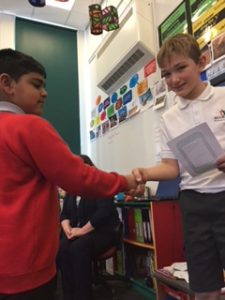
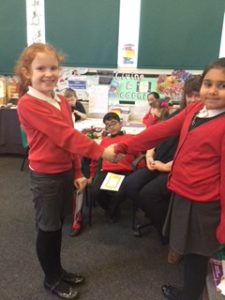
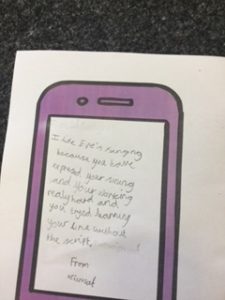
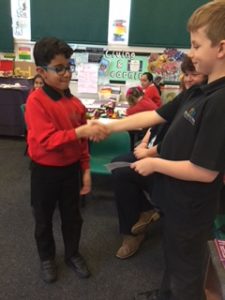
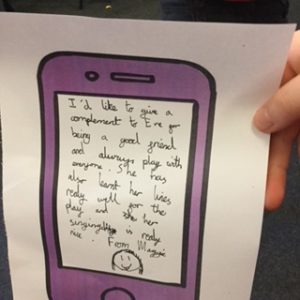
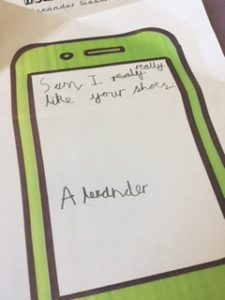
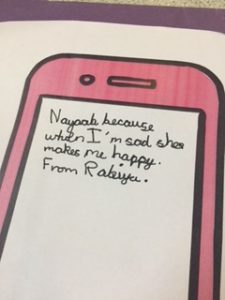
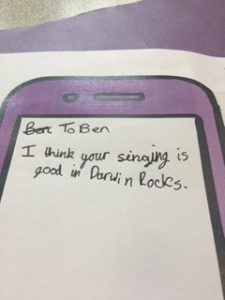
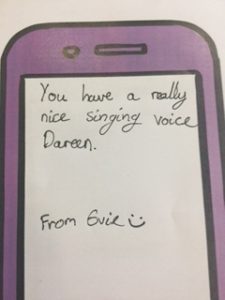

To finish our lesson, using a ball of string, we created our own ‘compliments web’. Each person complimented a classmate and passed the string across to them. As they received the compliment, each person needed to respond appropriately.
- “I really like your hairstyle today Manpreet,” commented Zara.
- “Thank you,” replied Manpreet.
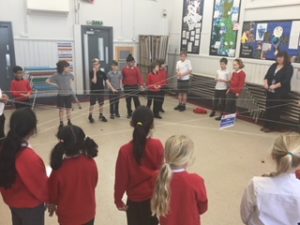
Living and Learning – a body image guide for parents and carers
This term, our Living and Learning theme is Being me. Part of this learning is all about body image. This parent and carer guide has been designed to give practical ideas to support your child in building their emotional resilience in this area.
Bud to flower
Today, during our daily plant observations, we noticed that one of our amaryllis bulbs is beginning to open. The children made predictions as to what colour they think the flower will be.
- “I predict that it will be a purple flower,” commented Eve.
- “Explain why you think that Eve,” said Mrs Freeman.
- Eve replied, ” The bud looks quite dark. If you look very closely, just where the bud is beginning to open, there is some purple colouring.”
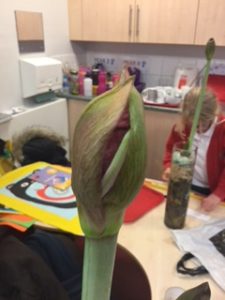
Evie also noticed in her observation that the growth of the stem had slowed down considerably.
- “I think the plant has almost finished growing in height and is now putting all nutrients and strength into helping it to flower.”
Day 1 33 days later
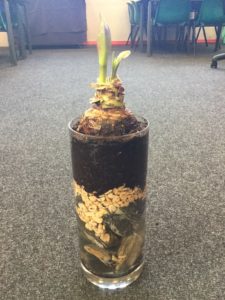
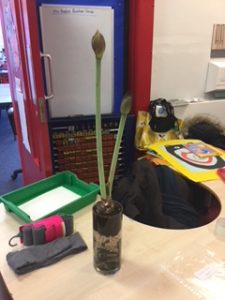
Celebrating success
In Year 4, there are lots of ways in which we celebrate success.
Success can be in any area of school life.
These rewards include individual golden tickets, certificates, prizes, stickers and postcards home. We also have whole class and table rewards. Look out for certificates this week and please celebrate your child’s achievements with them.
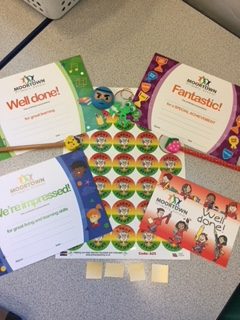
How is our support helping?
As part of our on-going support for mountain gorillas, last week, Year 4 received the latest update from the WWF charity.
| Welcome to your latest gorilla adoption news.
I hope The Year 4 is enjoying being a gorilla adopter, and learning more about these unique-looking, intelligent animals whose future you’re now a part of. Here’s your latest update on just how your support is helping. Together, we shared this information. The children had lots of questions. “What can be done to save these creatures?”
“What place do they have in the food chain?” |
| WHY MOUNTAIN GORILLAS MATTER |
| Gorillas, like all animals, play an important role in their ecosystem. Without the gorillas, which are large-scale grazers, eating a variety of vegetation, the natural balance in the food chain would be disrupted. This could negatively affect other wildlife, their habitats, and ultimately the people who depend on that environment for food, water and other resources. |

Year 4 are enjoying learning about these and other endangered animals. We have stories, leaflets, reports and lots of data in our reading area to further our knowledge of the amazing work done by the WWF.
“If we don’t look after these animals, then people in the future will never see them in real life!” commented Gurnoor.
Year 4 are learning lots of new vocabulary throughout of current topic of ‘Life Forces‘ and it has been great to hear them use these new words in their questions.
Here are some examples:
- extinct
- endangered
- habitat
- ecosystem
- vegetation
- environment
- life cycle
- nutrition
- predator/prey
- adaptations
- poaching
- conservation
- community
- threatened
- carnivore/herbivore
- reforestation
- vulnerable
…and many more new words.
Question your child about these words. Can they give you a definition? If not, can they find out how and where to get a definition from?
We constantly remind the children about using the internet for research safely.
Is all information online reliable?
Not all of the information you find on the internet is true because anybody can write anything they want to online.
Make sure you always compare the information you find online with other websites, books, or people who might know to make sure it is true. Use the 3 Website Rule.
Remember, when using the internet for research, use trusted child-friendly sites.
Stay safe online!
Production
I’m sure you will agree – this week has been a fairly tricky one! It was great to see the majority of the children return to school today.
Over the next few weeks, Year 3 and 4 will be very busy rehearsing for their production. This takes place in the last week of term. We’d like all the children to learn their lines and the songs. Next week, your child will bring home a letter informing you of the costumes they will need for their part. Please don’t worry if you can’t provide some items. However, it would be much appreciated if you can search through your wardrobes and help us with this.
So far, the singing from both classes has been superb and we’re really looking forward to the children putting on a good show for us all to enjoy!
Many thanks.
Scientific enquiry
Scientific enquiries are what children do in order to answer scientific questions about the world around them.
What are the benefits of scientific enquiry?
As children carry out scientific enquiries, they develop a host of skills and competencies, knowledge and understanding, bringing enormous benefits to them as growing scientists.
Scientific enquiry increases children’s capacity to:
- problem-solve and answer questions
- work with independence
- ‘be a scientist’
- communicate effectively
One way to work scientifically is to carry out an observation over time. In Year 4, we are doing this using two amaryllis bulbs. The children are observing and recording information on a daily basis. This involves measuring, recording, observing changes and watering if needed. Each day, the observation generates questions.
What happens if…
“Predict what you think would happen to the growth of the plant if we added some plant food.”
Over the half term holidays, the bulb, planted in stones, had a small amount of plant food added to its water. Year 4 made predictions about whether or not the food would make any difference to the plant’s growth.
- “I think the plant will grow a lot more as it is getting nutrients from the food.”
- “Why is the stem leaning?”
- “Do you think we can see rapid growth? How can you prove this?”
We studied the line graph and the children used great scientific language to describe the changes they could see. The purple line represents the the plant given food.
- “The plant that had food is growing rapidly now! I know this because the purple line is now moving up vertically and before it was quite steady.”
- “I wonder why the speed of the growth has changed?”
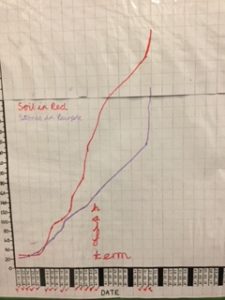
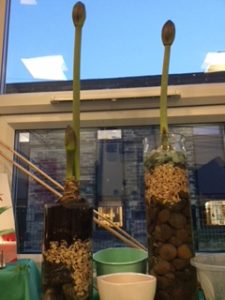
- “Do you think this speed of growth will continue?”
Bulbs before half term and…
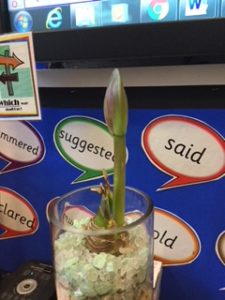

…after half term!
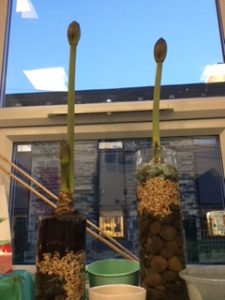
World Book Day themed menu
Catering Agency, our school meal provider, will be running a special themed menu on Thursday 01 March.
